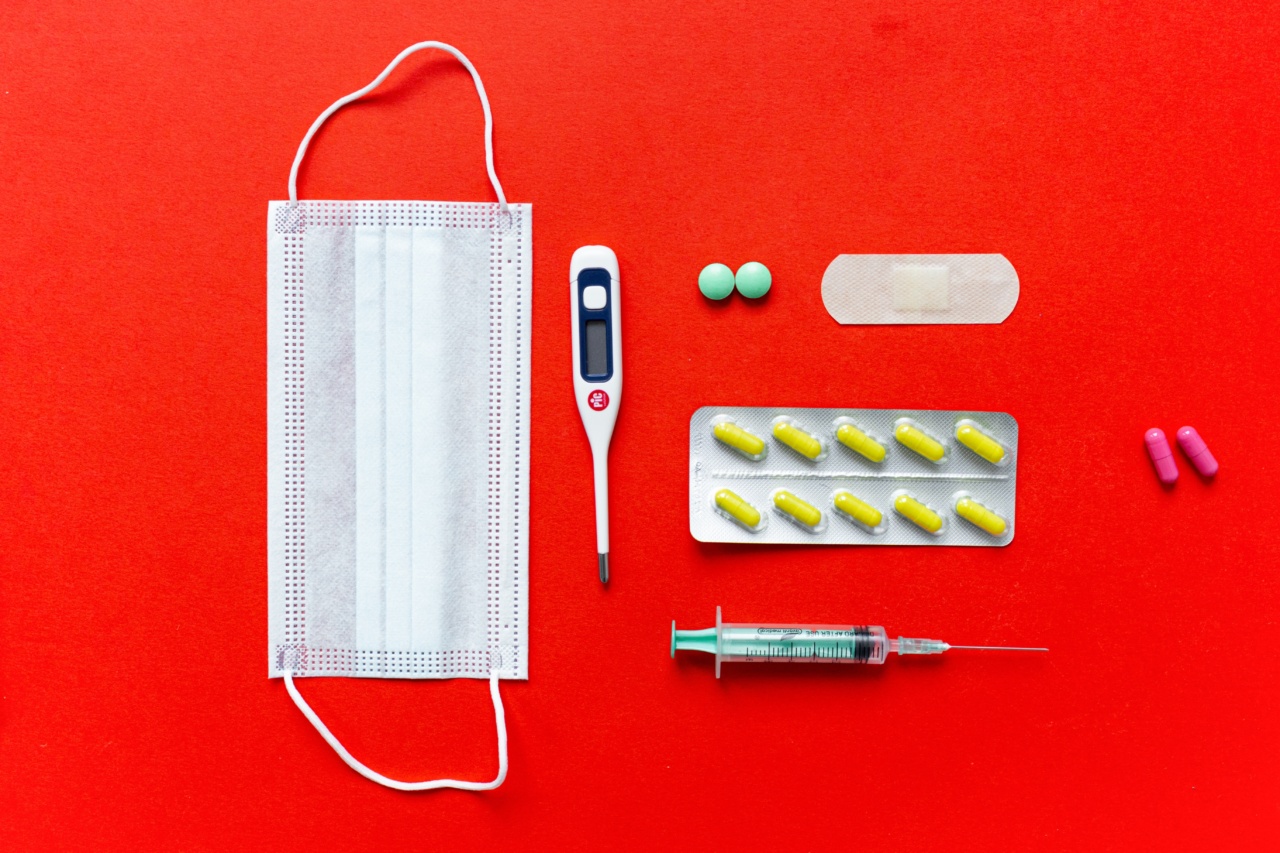Lymphedema is a chronic condition that affects the lymphatic system, causing the accumulation of lymph fluid in the tissues.
It may arise due to various causes, and individuals suffering from lymphedema often experience symptoms that can significantly impact their daily lives. However, with proper management and treatment, the symptoms of lymphedema can be alleviated, and individuals can lead a better quality of life. In this article, we will explore the causes, symptoms, and treatments of lymphedema in detail.
Causes of Lymphedema
There are two main types of lymphedema: primary lymphedema and secondary lymphedema, each with its own set of causes.
1. Primary Lymphedema: Primary lymphedema is caused by congenital abnormalities in the lymphatic system, meaning individuals are born with a predisposition to develop lymphedema.
This condition is relatively rare and can appear at any age. It is often associated with genetic factors that affect the development and functionality of lymphatic vessels.
2. Secondary Lymphedema: Secondary lymphedema is the more common type, and it develops as a result of damage or disruption to the lymphatic system. Some of the primary causes of secondary lymphedema include:.
1. Cancer Treatment:
Individuals who undergo cancer treatment, particularly surgeries and radiation therapy, are at a higher risk of developing lymphedema.
This is especially true for cancers that affect the lymph nodes, such as breast cancer, melanoma, and gynecological cancers. Surgical removal or radiation-induced scarring can impede lymphatic flow, leading to lymphedema.
2. Infection:
Infections that impact the lymphatic system, such as cellulitis or lymphangitis, can cause blockages or damage to the lymphatic vessels, leading to lymphedema.
These infections can occur as a result of bacteria entering the body through wounds, bites, or other means.
3. Trauma or Injury:
Physical trauma or injuries, such as fractures or significant sprains, can damage the lymphatic system, resulting in lymphedema. The trauma may directly affect the lymphatic vessels or disrupt the flow of lymph fluid.
4. Obesity:
Excessive body weight can put additional pressure on the lymphatic system, overburdening its capacity to transport lymph fluid effectively. This can lead to the development of lymphedema, particularly in the lower extremities.
Symptoms of Lymphedema
Lymphedema presents with various symptoms that can vary in severity from person to person. The most common symptoms include:.
1. Swelling:
Swelling, also known as edema, is the hallmark symptom of lymphedema. It typically occurs in the affected body part, such as an arm or leg, but can also affect the face, neck, or genitals.
The swelling can range from mild to severe and may worsen over time if left untreated.
2. Heaviness and Tightness:
The affected limb or body part may feel heavy, tight, or full due to the buildup of excess lymph fluid. This sensation can cause discomfort and make movement more challenging.
3. Limited Range of Motion:
Lymphedema can restrict the range of motion in the affected limb or body part. This limitation in movement can impact daily activities, such as reaching, bending, or walking.
4. Recurring Infections:
Due to compromised lymphatic drainage, individuals with lymphedema are more prone to developing infections. These infections can lead to recurrent episodes of cellulitis, lymphangitis, or other skin-related conditions.
5. Changes in Skin Texture:
Over time, the skin in the affected area may become thickened, hardened, or develop a leathery appearance. It may also feel tight or pitted, resembling the texture of an orange peel.
Treatment Options for Lymphedema
While there is no cure for lymphedema, several treatment options can help manage the symptoms and improve the quality of life for affected individuals. The key treatment modalities include:.
1. Compression Therapy:
Compression therapy involves the use of specialized garments, such as compression sleeves or stockings, to apply pressure to the affected limb. This helps promote the flow of lymph fluid and reduces swelling.
The compression garments are available in different strengths and sizes, and a healthcare professional can recommend the most suitable option based on individual needs.
2. Manual Lymphatic Drainage (MLD):
MLD is a specialized massage technique performed by trained therapists. It uses gentle, rhythmic movements to stimulate lymphatic flow and redirect excess fluid away from the affected area.
MLD helps reduce swelling, improves circulation, and enhances the overall function of the lymphatic system.
3. Exercise and Physical Therapy:
Regular exercise and physical therapy can play a crucial role in managing lymphedema. Specific exercises and movements can assist in promoting lymphatic drainage, reducing swelling, and increasing overall mobility.
It is important to consult a healthcare professional or a certified physical therapist to develop a personalized exercise plan that suits individual needs and capabilities.
4. Skin Care and Hygiene:
Proper skin care and hygiene are essential for individuals with lymphedema to prevent infections and skin-related complications. This includes keeping the affected limb clean, moisturized, and protected from injuries.
It is advisable to avoid extreme temperatures, tight clothing, and exposure to irritants that may trigger skin irritation.
5. Surgical Intervention:
In some cases of severe or refractory lymphedema, surgical intervention may be considered.
Surgical options vary based on individual circumstances and may include options such as lymphatic bypass procedures, transplantation of lymph nodes, or liposuction to remove excess fatty tissue. These surgical procedures aim to restore lymphatic function and reduce the volume of the affected limb.





























